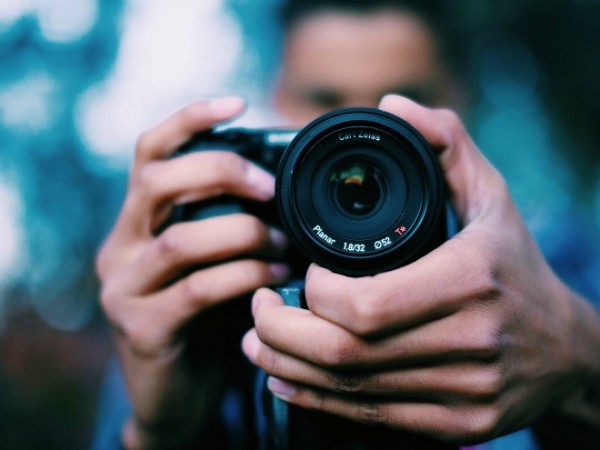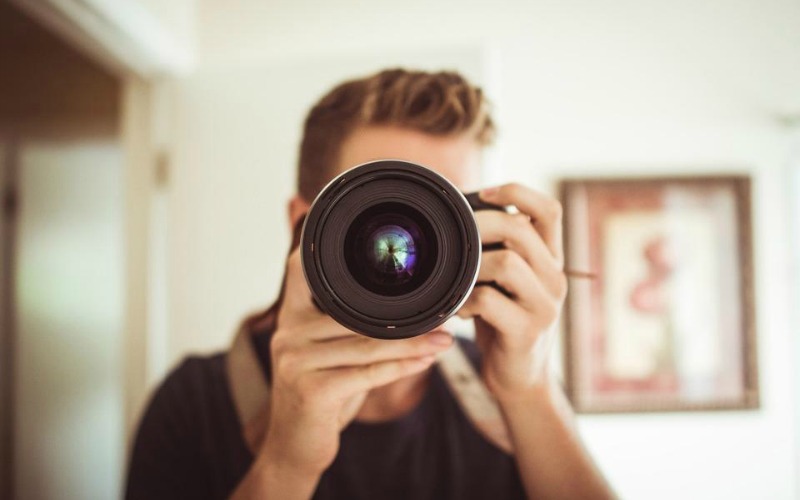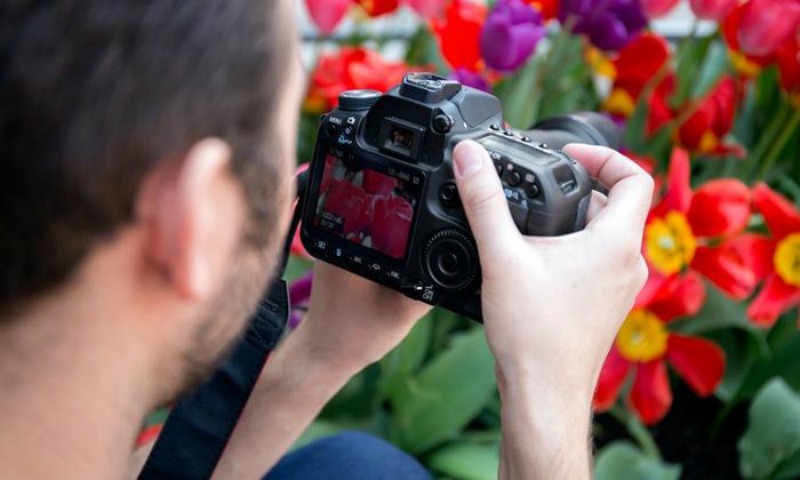08
Feb

The German philosopher Immanuel Kant once said: “You can’t learn philosophy, you can only learn to philosophize”. And it’s true, because in photography happens something similar. We can read as many tutorials and as many photography books as we want, but we won’t learn anything about it, at least not until we have a real digital camera in our hands. However, before you start developing your personal skills, it’s essential to get a theoretical introduction to photography that will show you the universal rules and important aspects of this modern art.

Once you’ve chosen your digital camera and you’ve committed yourself to take care of it no matter what, you’re ready to start exploring its most important parts.
The heart of all digital cameras is the image sensor. The size of the sensor is really important, in fact, it’s far more important than the megapixel count. Sensors with more megapixels actually tend to perform worse because they absorb less light. There are a few different types of sensors such as: the CCD sensor that was used for a number of videos and still cameras; the CMOS sensor that’s perfect for high-speed capture; the Foveon X3 that’s based on the CMOS technology and it’s mostly used in DSLR cameras and the LiveMOS Sensor that combines the best of the CCD and the CMOS technology.
The aperture is the hole in the lens that controls how much light will go through to the sensor. Obviously, larger aperture means that more light will go through the lens. Aperture also controls the depth of the field which determines how much of the image is in focus. This effect however is noticeable in cameras that have larger sensors.
Shutter speed is responsible for creating dramatic effects. It can make a “freezing action” or a “blurring motion” effect. It’s actually the length of time the camera curtain is open to expose light into the camera sensor. If the shutter speed is fast, we will get the “freezing action” effect, if it’s slow, the “motion blur” where moving objects appear blurry.

However, all digital cameras are different and some may have a better shutter speed, others a better sensor while some can have it all. That’s why before you buy a digital camera make sure you clarify your goals in photography: do you want to be a travel photographer, a wedding photographer or if you just want to capture the beauty of our Planet and print it afterwards, because let’s be honest, we all love the smell of actual photographs we can touch and feel even though most of our images nowadays are stocked in our computers. But whatever you decide, make yourself comfortable! Welcome to the wonderful world of photography and may the inspiration be with you!